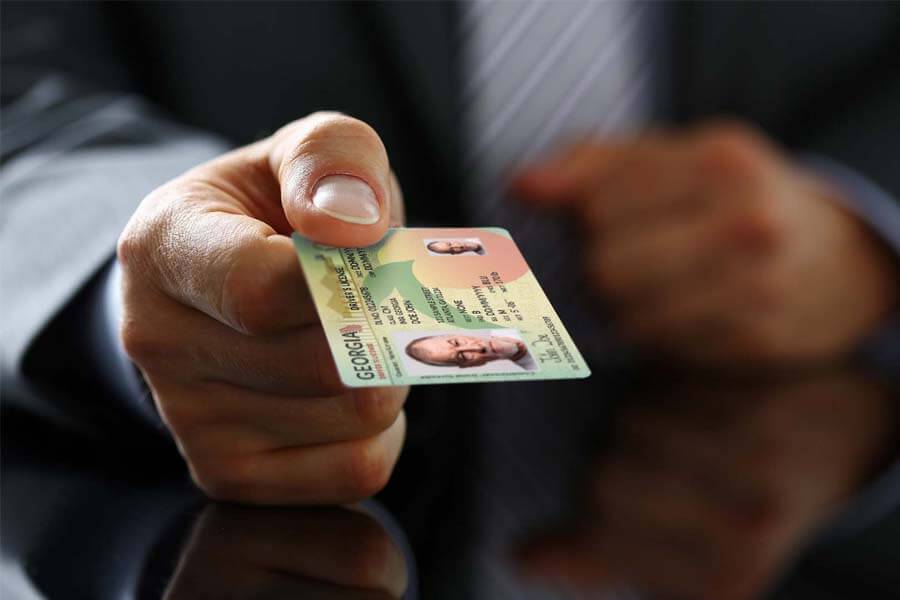
Updated 4-2-24. If you’re worried that a signer may be trying to fool you with a fake ID or stolen ID during a notarization, try a system adopted by many bartenders to spot fake driver’s licenses called “F.E.A.R.” (Feel, Examine, Ask, Return):
The F.E.A.R. Method
1. Feel the document.
Genuine driver’s licenses and state-issued IDs often include raised lettering, numbers or symbols on the card as security features — for example, a California driver’s license has a raised imprint of the driver’s birthdate and signature on the card, and Texas includes the holder's birthdate in raised print at the bottom of the photo. If the card lacks these features, that may be a possible warning sign of a counterfeit. Another clue to feel for is thickness. A card that has been tampered with and re-laminated will feel thicker than normal.
2. Examine the elements of the ID.
Look over the ID and hold it up to a light. If it’s a driver’s license, is there a hologram visible — a common security feature used by motor vehicle departments, including Illinois. If so, then it’s more likely the ID is on the level. But if the ID lacks a hologram, or if any of the printed lettering is blurry or spelled incorrectly, these are possible signs of ID tampering or counterfeiting.
You should also check if the photo, description and birthdate match the appearance of the person in front of you. However, it’s not always easy for Notaries to spot an imposter from an ID photo. Sometimes a person’s appearance changes from an older picture due to illness, weight changes or other factors. That’s when you need to go to step 3.
3. Ask the signer about information on the ID.
If something about the signer’s appearance or behavior doesn’t match, ask the person questions while you are examining their ID. For example, can the signer tell you their birthdate or zip code while you are holding the card? If it’s an out-of-state ID, can they tell you the capital of the state they are from? If they can’t answer simple questions about the information on the ID, chances are something is wrong.
4. Return the ID if you’re satisfied with the ID. Refuse to notarize if you’re not.
Ultimately, it’s your call whether to accept an ID as genuine or not. If the ID and the signer appear to be genuine, return the ID to the signer and proceed. But if you’re still uneasy or something still seems wrong, stop the notarization. However, don’t put yourself at risk by trying to restrain the signer or confiscate the suspicious ID.
David Thun is the Editorial Manager at the National Notary Association.
Related Articles:
Is an expired ID acceptable for a notarization?
Additional Resources:
Guides for Checking IDs